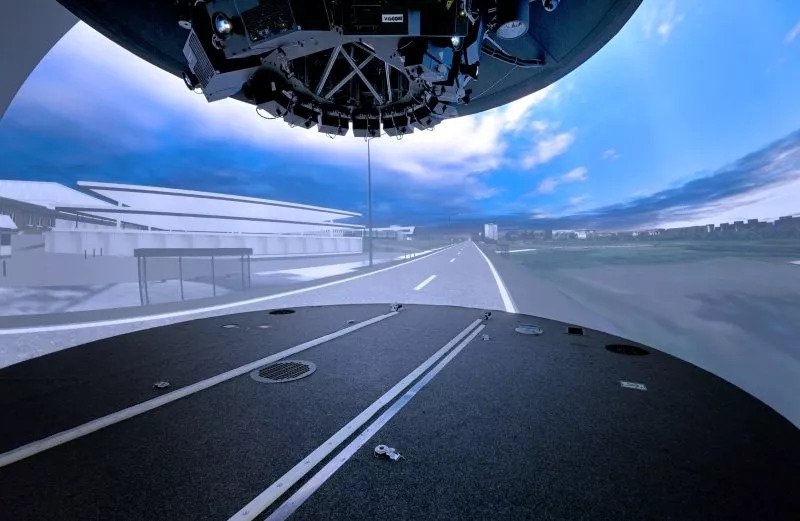Projection displays are a category of display technologies that use projectors to display images or videos onto various surfaces. These displays offer flexibility in terms of size and location, making them suitable for a wide range of applications. Here are some different projection display ideas and their applications:
- Front Projection: In front projection, the projector is placed in front of the screen, and the image is projected onto it. This is the most common type of projection display, found in home theaters, classrooms, and conference rooms. It provides a large, immersive viewing experience and is suitable for both personal and professional use.
- Rear Projection: Rear projection involves placing the projector behind a specialized screen that allows the image to be projected from the back. This setup eliminates shadows and prevents interference from ambient light, making it ideal for large-scale presentations, trade shows, and digital signage.
- Head-Up Display (HUD): HUDs project information directly onto the windshield or a transparent screen in a user’s field of view. They are commonly used in automotive applications to display essential driving information like speed, navigation instructions, and warnings. HUDs provide real-time information without requiring drivers to divert their attention from the road.
- Augmented Reality (AR) Projection: AR projection combines projection technology with augmented reality to overlay virtual information onto physical objects or environments. This technology is used in fields such as entertainment, gaming, architecture, and industrial design to create interactive and immersive experiences.
- Holographic Projection: Holographic projection displays create 3D images by projecting light onto a 2D surface or through the use of specialized screens. These displays are used for artistic installations, exhibitions, and advertising, as they can create visually captivating and realistic 3D representations.
- Interactive Projection: Interactive projection displays enable users to interact with projected content by sensing their gestures, movements, or touch. These displays are commonly used in interactive floors, interactive whiteboards, and gaming applications, providing engaging and immersive experiences.
- Pico Projection: Pico projectors are small, portable devices that can project images and videos onto various surfaces. They are often integrated into smartphones, tablets, and wearable devices, allowing users to share multimedia content on the go.
- Projection Mapping: Projection mapping, also known as spatial augmented reality, involves projecting images or videos onto irregularly shaped objects or structures, creating a visually stunning display. This technique is used in entertainment events, advertising, art installations, and architectural visualizations.
- Virtual Reality (VR) Projection: VR projection combines projection technology with virtual reality, allowing users to experience immersive virtual environments. Projectors are used to display images or videos onto a dome or curved screen, providing a 360-degree visual experience.
- Outdoor Projection: Outdoor projection displays are designed to withstand outdoor conditions and provide large-scale visuals for events like outdoor movie screenings, concerts, and public installations. These displays require high brightness projectors and specialized screens to combat ambient light.
These are just a few examples of the different projection display ideas and their applications. Projection technology continues to advance, opening up new possibilities in areas such as entertainment, communication, education, and advertising.

